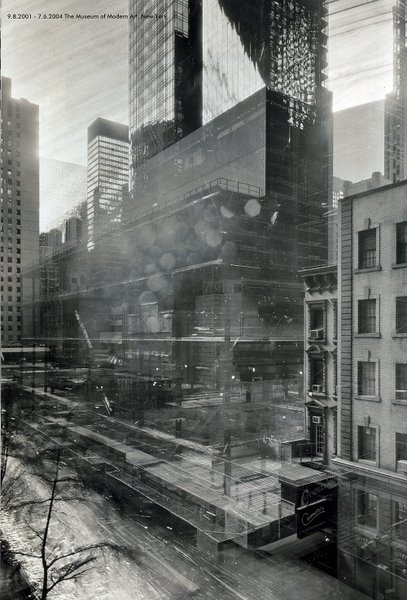Got a note back from the developer of my first two rolls through the C330 - some of the shots are overexposed, and with one film there is clouding at the edges due the film not being tight enough on the rollers. Apparently I didn't put it on carefully enough. Either that, or there is something wrong with the camera.
I'm going to put those rolls behind me. Today I went out at lunchtime and used one roll as a test, by using the Weston Master IV and the iPad app, FotometerPro, lightmeters for every shot, and took notes of all the readings. I also used an app called Expositor Lite, which is a digital version of the old slide-rule type meter based on weather attributions: sunny, cloudy, etc.
Interestingly, the Weston and the FotometerPro agreed on all readings, with just the occasional slight difference. This was encouraging. However, the Expositor Lite was all over the place, and I gave up on it eventually.
So, if this roll (Pan F 50) comes back reasonably well exposed, I'll know exactly what to do from now on. It has been a fast-moving cloudy day, with shade followed by bright sun, so I got a good opportunity to try different lighting conditions. I've too often relied on guesswork, sometimes getting it right, but equally sometimes getting it completely wrong. I'm determined not to waste any more time, money or exposures!
)

